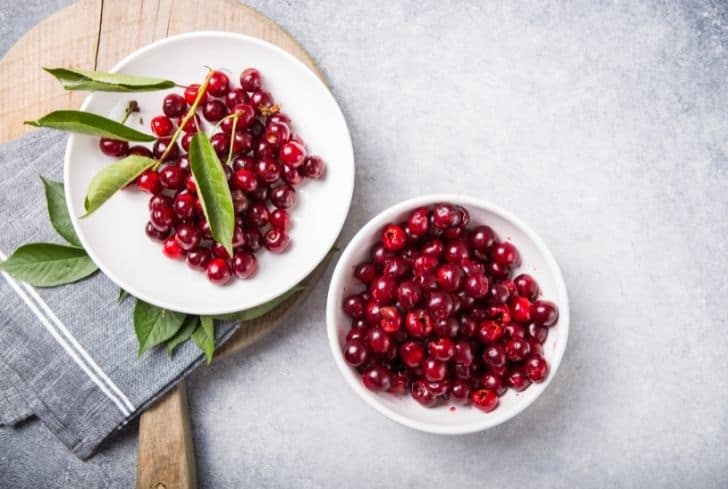As the gentle warmth of spring graces our gardens, the chorus of birdsong takes center stage, and nature begins to awaken from its wintry slumber, many of us find ourselves enchanted by the idea of starting our own compost piles. Countless banana peels, coffee grounds, and eggshells have found a new purpose through this magical alchemy of decomposition. Yet, in the midst of this horticultural symphony, a question lingers in the minds of cherry enthusiasts: can you compost cherry pits? These tiny, unyielding treasures nestling within the succulent flesh of cherries seem to possess a mysterious aura, begging the ever-curious gardeners among us to uncover the secrets hidden within their hardened shells. Join us as we embark on a horticultural exploration to demystify the fate of these enigmatic cherry pits and discover just how they fare within the realm of composting.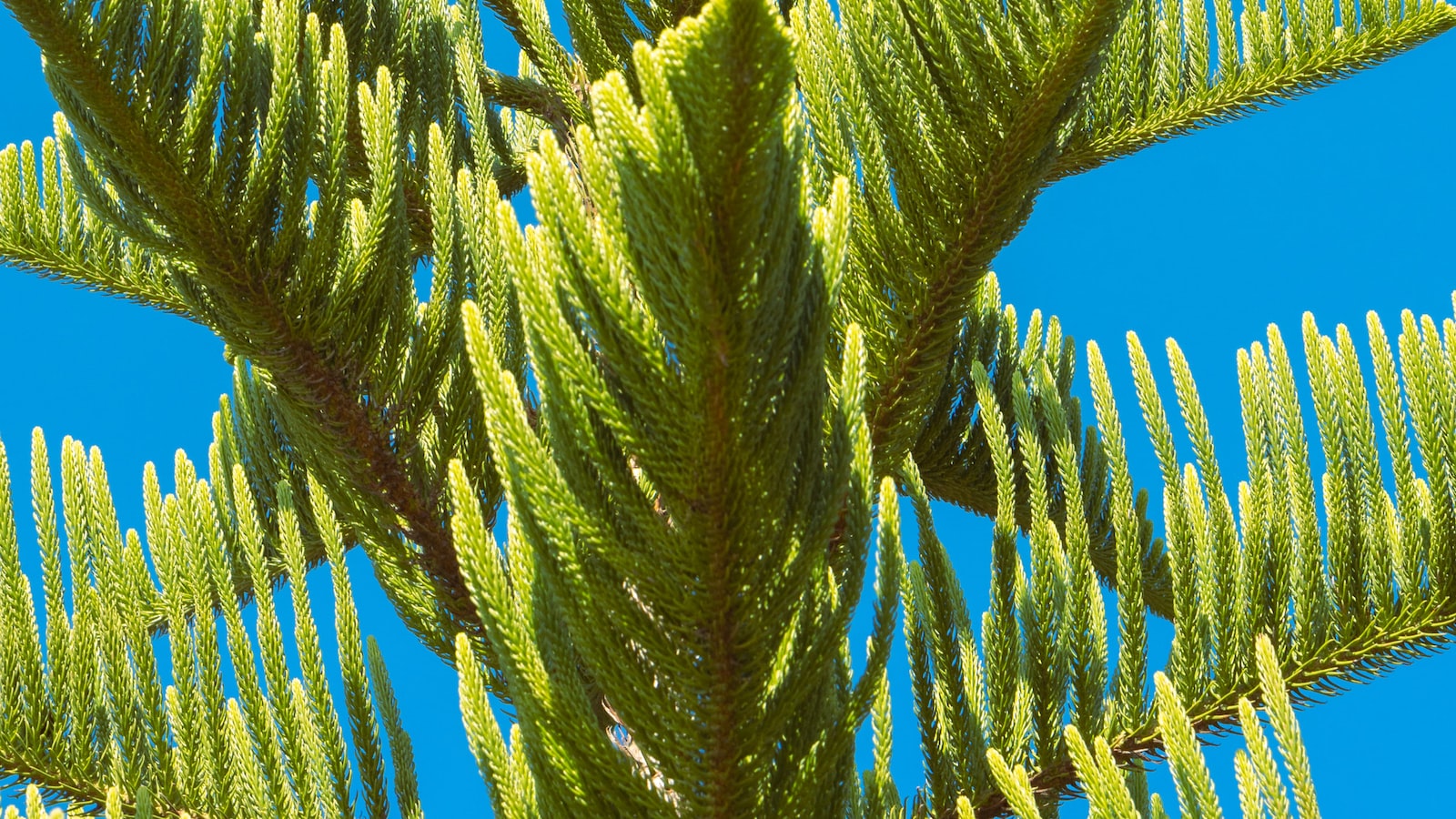
1. Composting Cherry Pits: Understanding the Biodegradability Factors
Cherry pits, those tiny seeds nestled within the juicy fruit, have often posed a conundrum for compost enthusiasts. With their hard shells and seemingly indestructible nature, many wonder if cherry pits can be safely tossed into the compost pile. Well, the answer lies in understanding the various factors that influence their biodegradability.
While it is true that cherry pits take a longer time to decompose compared to other organic materials, they can still be composted effectively with a little care and consideration. Here are some key factors to keep in mind when deciding whether to compost cherry pits:
| Features | Tips |
|---|---|
| Hard Shell | Before composting, consider crushing or grinding the cherry pits using a mortar and pestle to speed up the decomposition process. |
| Compost Temperature | Ensure your compost pile reaches a temperature of at least 140°F (60°C) to aid in breaking down the sturdy cherry pit shells effectively. |
| Compost Maturity | It is better to add cherry pits to mature, well-established compost rather than a freshly started pile. This way, the microorganisms present can efficiently break down the tough shells. |
Considering these factors and giving a little extra attention, you can successfully compost cherry pits. Remember, composting not only helps divert waste from landfills but also adds nutrients back to the soil, nurturing the future growth of plants and trees.
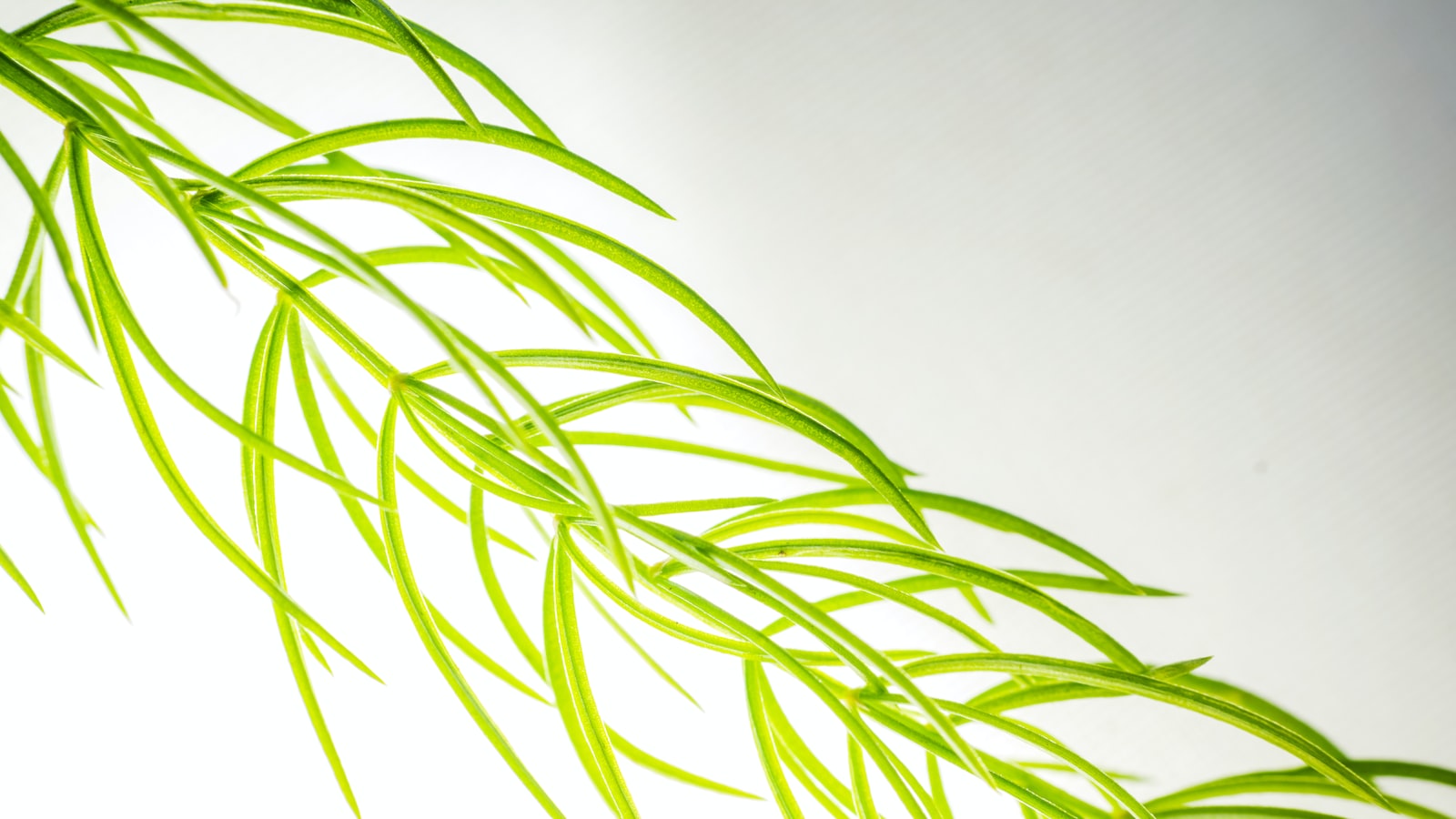
2. Environmental Impacts and Considerations of Composting Cherry Pits
Composting is a great way to reduce waste and nourish the soil, but what about composting cherry pits? It’s a common question among eco-conscious gardeners who want to make the most of their composting efforts. While cherry pits can be composted, there are some important environmental impacts and considerations to keep in mind.
First and foremost, cherry pits are a natural material that can break down over time in a compost pile. However, they do take longer to decompose compared to other organic matter. As a result, it’s important to ensure that your compost pile has a good balance of carbon-rich and nitrogen-rich materials to expedite the decomposition process. Adding plenty of leaves, grass clippings, or other high-carbon materials can help speed up the breakdown of cherry pits and prevent the pile from becoming imbalanced.
| Features | Tips |
|---|---|
| Cherry pits are a natural material | Balance your compost pile with carbon-rich and nitrogen-rich materials |
| They take longer to decompose | Crush the cherry pits before composting to speed up the breakdown |
| Avoid adding large quantities of cherry pits | Mix the cherry pits well into the compost pile for efficient decomposition |
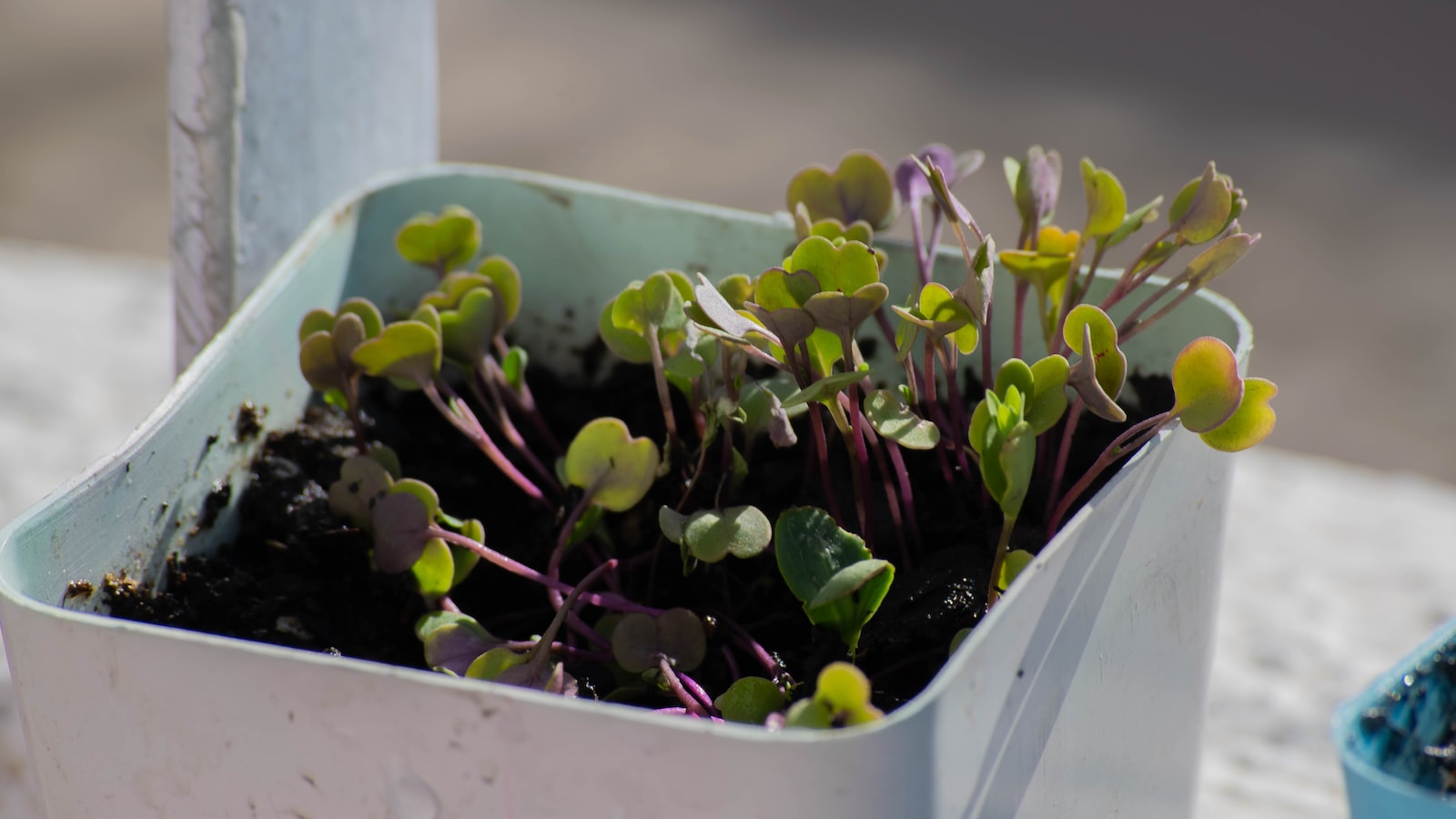
3. Best Practices for Composting Cherry Pits: Tips for Success
When it comes to composting, one common question often arises: Can you compost cherry pits? The answer is a resounding YES! Cherry pits, although small and seemingly tough, can be successfully composted with a little bit of care and attention. By following these best practices and tips, you can ensure that your compost pile thrives and turns those cherry pits into rich, fertile soil.
Proper Preparation:
- Crack the Pits: Before adding cherry pits to your compost pile, it is essential to crack them open. This can be easily done by using a hammer or pliers. Breaking the pits will speed up the decomposition process, enabling the microbes in your compost to break them down more efficiently.
- Avoid Overloading: While cherry pits can be composted, it is important not to add excessive amounts to your compost pile. Opt for a couple of handfuls rather than dumping in a large number of pits all at once. Too many cherry pits can cause the compost to become too acidic, disrupting the delicate balance required for proper decomposition.
- Mix It Up: To promote the breakdown of cherry pits, make sure to mix them well within the compost pile. This will ensure that they get evenly distributed and come into contact with the essential microorganisms needed for decomposition. Regularly turning your compost pile will also help in creating an ideal environment for the breakdown of cherry pits.
Additional Tips:
| Feature | Tips |
|---|---|
| Time: | Cherry pits can take an extended period to compost fully, so be patient and allow the process to happen naturally. |
| Size Matters: | Smaller cherry pits tend to decompose quicker than larger ones. Consider crushing them into smaller pieces for faster breakdown. |
| Cover with Carbon: | When adding cherry pits to your compost, ensure that they are covered with a layer of carbon-rich materials such as dried leaves or straw. This will help balance the carbon-to-nitrogen ratio and boost decomposition. |
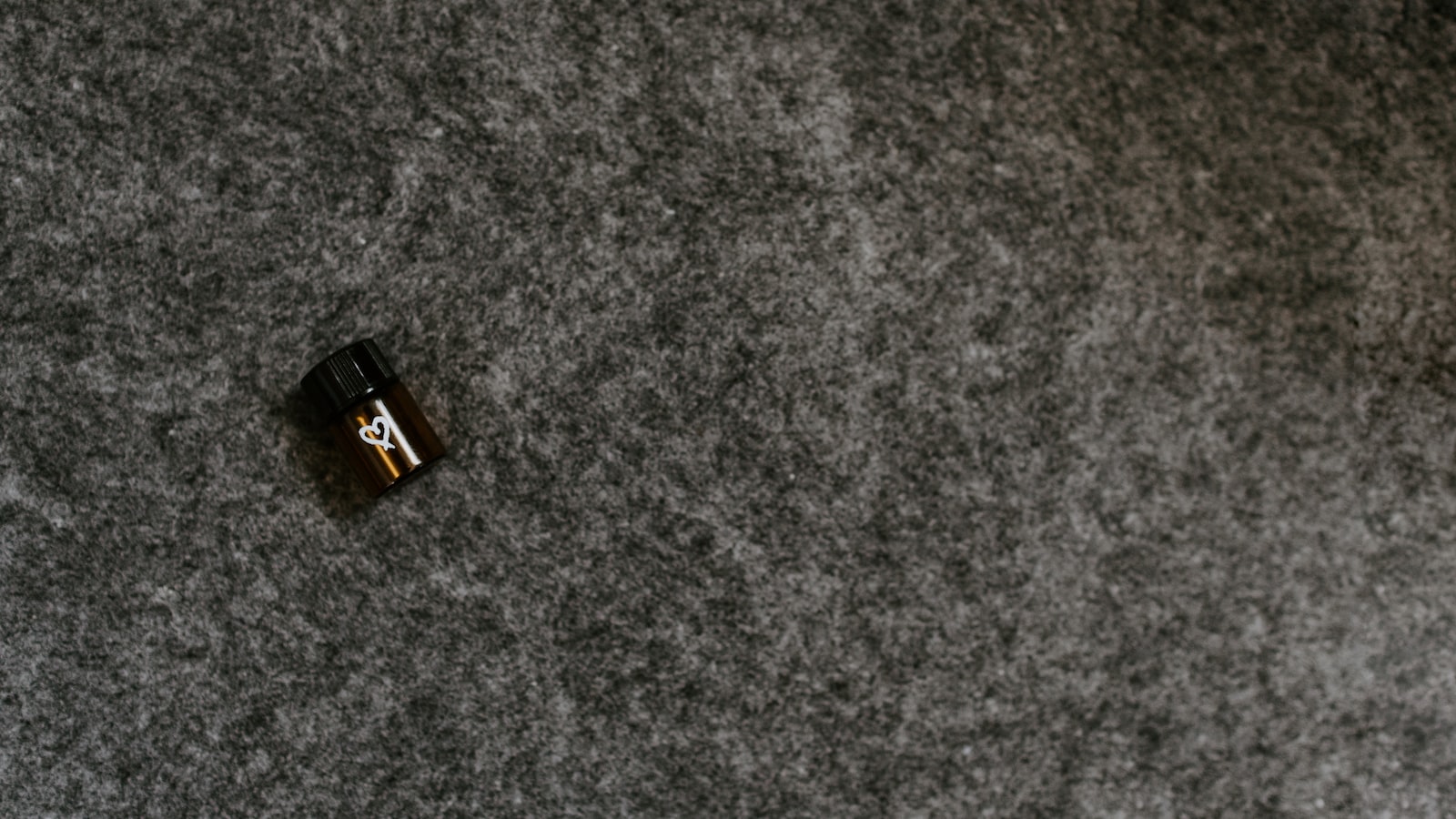
4. Alternative Uses for Cherry Pits: Recycling and Repurposing Options
If you’re wondering whether you can compost cherry pits, the answer is yes! Composting is a fantastic way to recycle and repurpose these small, hard seeds from cherries. Cherry pits are organic materials that can break down in a compost pile, contributing to the creation of nutrient-rich soil.
Before adding cherry pits to your compost, there are a few things to keep in mind. Firstly, it’s recommended to crush the pits into smaller pieces before adding them. This will help speed up the decomposition process. Secondly, cherry pits are considered “brown” materials in composting, so it’s essential to balance them with “green” materials such as fruit and vegetable scraps or grass clippings. By creating a well-balanced compost pile, you’ll ensure optimal breakdown and transformation of these pits into beneficial compost for your garden or plants.
| Features | Tips |
|---|---|
| Rich in nutrients | Crush the pits |
| Cherry pits contain essential nutrients like potassium, phosphorus, and calcium, which are beneficial for plant growth. | By crushing the pits, you’ll help speed up their decomposition process, allowing them to integrate better into the compost. |
| Low maintenance | Balance with green materials |
| Composting cherry pits requires minimal effort and maintenance, making it an easy and eco-friendly option. | For optimal composting, ensure a balanced ratio of brown materials like cherry pits and green materials like fruit or vegetable scraps. |
| Versatile uses | Patience is key |
| Once composted, the nutrient-rich soil can be used in your garden, flower pots, or as a top dressing for your plants. | Remember that composting takes time, so be patient as you wait for the cherry pits to fully break down and transform into compost. |
Frequently Asked Questions
Q: Can you turn cherry pits into compost?
A: Absolutely! These little powerhouses may seem too sturdy for composting, but with a little patience, cherry pits can transform into nutrient-rich compost.
Q: How do cherry pits break down in compost?
A: It’s a fascinating process! As cherry pits decompose, the microbes in the compost pile gradually break down the hard outer shell, just like a microscopic demolition crew. Over time, the inner kernel disintegrates, adding valuable organic matter to your compost.
Q: Any tips for composting cherry pits?
A: Of course! To speed up the breakdown, consider crushing the pits before adding them to your compost pile. This helps the microbes access the kernel more easily. Remember to balance your compost with other organic materials like kitchen scraps and yard waste. With patience and some cherry pit love, your compost pile will thank you with dark, crumbly goodness! As we wrap up this intriguing exploration of composting cherry pits, it’s time to bid adieu with a sense of wonder and practical knowledge. While composting holds the key to unlocking the buried treasures of organic waste, the enigma surrounding cherry pits has left us treading uncertain ground. Although cherries themselves are welcome guests in the compost party, their resilient pits pose quite the conundrum.
As we ventured into the depths of composting cherry pits, we discovered that Mother Nature does not take kindly to their stubborn nature. Their sturdy outer shell and intense durability challenge the composting process, disrupting the harmonious breakdown of organic matter.
Alas, these pits seem to defy the natural order, steadfastly holding on to their inherent strength and resilience. Imagine the composting world as a lively soirée, where banana peels salsa their way into decomposition, and apple cores cha-cha-cha their way to oblivion. Yet, in this dance of decay, the cherry pits stand on the sidelines, assertive and undeterred.
Despite their undying spirit, cherry pits can undoubtedly find their place in a more patient and dedicated composting routine. If you harbor the determination of a seasoned composter and possess the audacity to embark upon a slower decomposition journey, there may yet be hope for the cherry pits within your compost heap.
So, dear reader, as you ponder the fate of those cherry pits lurking in your fruit’s embrace, remember that in the marvelous world of compost, there are no definite answers, only possibilities. As you experiment and curate your own composting utopia, don’t be afraid to embrace the mystery and defy conventional wisdom.
Now, armed with both wisdom and reverence for the humble cherry pit, go forth and cultivate your lush and flourishing compost garden. And who knows, perhaps one day we will unlock the secrets to composting these tenacious pits, unraveling a chapter yet untold in the magical symphony of sustainable living. Until then, happy composting!
- When to Put Weed and Feed on Lawn in Michigan - October 16, 2023
- When to Fertilize Potatoes Plants - October 16, 2023
- Can You Plant Clover in the Spring - October 16, 2023
Contents
- 1 1. Composting Cherry Pits: Understanding the Biodegradability Factors
- 2 2. Environmental Impacts and Considerations of Composting Cherry Pits
- 3 3. Best Practices for Composting Cherry Pits: Tips for Success
- 4 4. Alternative Uses for Cherry Pits: Recycling and Repurposing Options
- 5 Frequently Asked Questions
